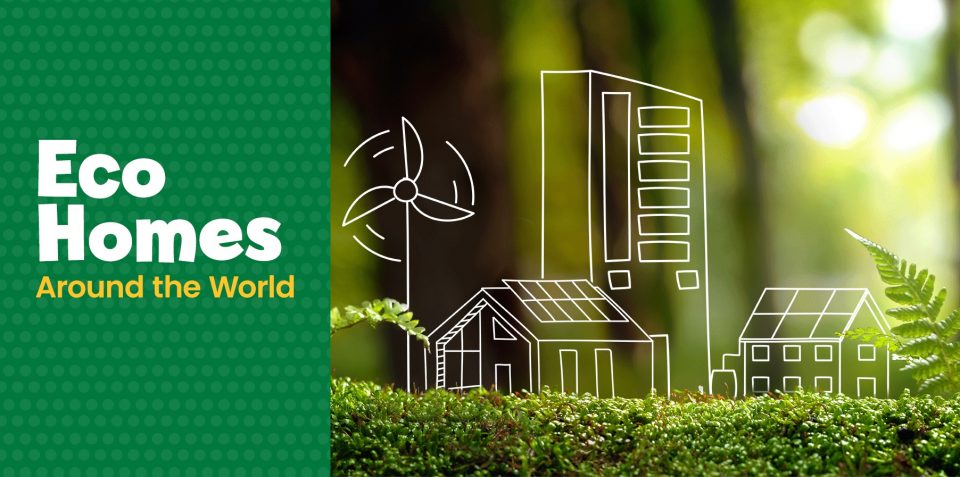
Tour These Remarkable Eco Homes Around the World
Eco homes are slowly gaining popularity for their eccentricity, chicness, and low environmental impact. Eco homes focus on sustainability, using natural resources, and generating their own energy supply. Take an environmentally friendly tour around the globe with this collection of stunning eco homes. Imagine yourself in each of these homes as you learn how they keep their carbon footprint low.
Teaching your kids about eco homes is a great way to start a conversation about the environment and the impact we have on it. If your child is fascinated by eco homes, our Science Expeditions subscription takes a deep dive into the science of architecture and sustainability! Check it out—perhaps there is a future architect in your midst!
Flow House (New Orleans)
The New Orleans Flow House was designed with a “cradle to cradle” mantra, meaning that once the building reaches the end of its life, all the building materials can either be recycled or returned to nature. The Flow House has many other sustainable features, including solar panels, a rainwater harvesting system, and naturally ventilated living spaces.
W.I.N.D House (The Netherlands)
The W.I.N.D. House in the Netherlands was built with sustainability as its goal. The home features a few essential systems that help it achieve its sustainability status, including a hydroelectric central heating and air system, a waste recovery system, and solar panels for energy generation. In addition, the W.I.N.D. House was built from all natural materials, boasting beautiful clay stucco finishes throughout.
B House (Singapore)
B House, named after its owner, Belinda Young, is the first carbon negative house in Singapore. To be operationally carbon negative, a building must produce more power than it consumes. B House takes advantage of Singapore’s tropical rays and uses rooftop solar panels to generate all of its power. The process is so efficient that the panels generate roughly twice the amount of energy that a typical family of five would use. B House also employs a water-harvesting system that captures rainwater and transfers it for watering lawns and greenery, and filling the toilets.
Casa de la Roca (Mexico)
This beautiful home in Valle de Bravo, Mexico, is made of the very DNA of the forest it sits in. All of the beams and posts are made from fallen trees from the surrounding wooded areas. This stunning eco home also has a green roof that serves multiple functions. The green roof absorbs rainwater, insulates the house, and provides a habitat for woodland wildlife. Inside the house, floor-to-ceiling windows allow for cross ventilation, which creates a natural cooling and heating system.
White Steel Villa (Costa Rica)
Costa Rica’s White Steel Village is remarkable in that it is 100 percent self-sufficient. Because this home is built 20 kilometers away from the city, the residence has to rely on its own water source, energy, and sanitation systems. White Steel Villa gets its water supply from a nearby forest, and a combination of hydroelectric turbines and solar panels generate the home’s electricity. Tucked away from civilization and fully self-sufficient, White Steel Villa is an entire oasis of its own.
Eco 1 (Hong Kong)
Hong Kong architect Kevin Chu Yau-wing and his wife, Giulia Dibonaventura, transformed their home into a work of sustainable art. Using porcelain made from construction waste, cork, and seashells, and other recycled materials, the duo covered their walls, re-tiled their floors, and ultimately transformed their home into what is now Eco 1. Eco 1 is also a plant friendly residence. Up on the roof resides the couple’s farm, where they plant and harvest their own vegetables. Indoor plants filter the air inside Eco 1, and the roof’s excellent insulation keeps the rooms cool.
